Fire Suppression System
Inert Gas System
Why do you need Clean Agent Fire Suppression System?
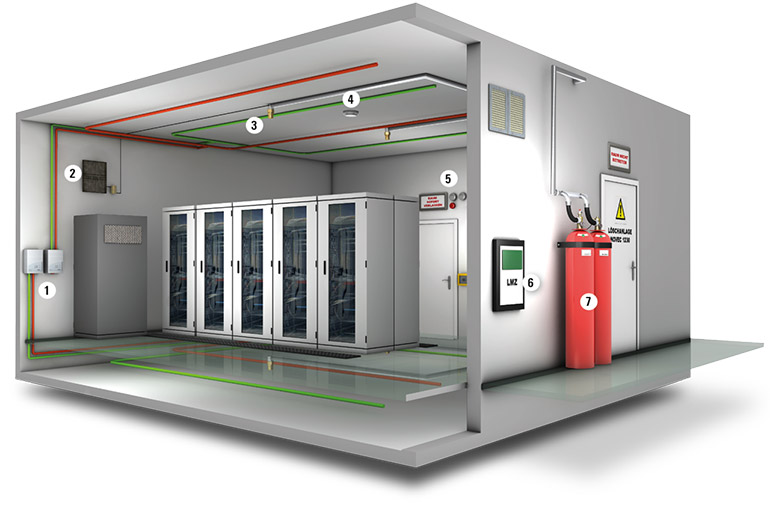
The Clean agent fire suppression system quickly extinguishes the fire without harming the equipment, employees, and the environment. It leaves no residues to clean up which minimizes the disruption to your business operations. Downtime is a substantial cost to a business and can lead to lost revenue, dissatisfied customers, and damage to your brand reputation.
Gaseous fire suppression, also called clean agent fire suppression, is a term to describe the use of Chemical agents and Inert Gases to extinguish a fire. These agents are governed by the National Fire Protection Association (NFPA) Standard for Clean Agent Fire Extinguishing Systems – NFPA 2001 in the US, with different standards and regulations elsewhere.
The system typically consists of the agent, agent storage containers, agent release valves, fire detectors, fire detection system (wiring control panel, actuation signalling), agent distribution pipe network, and Nozzles to discharge the agent in protected area.
Total Flooding System (Room Flooding System)
The systems extinguish fires without leaving residue, while offering a high level of personal and environmental protection at the same time. They are particularly suitable for the protection of small and medium-sized rooms, and the extinguishing agent can be stored compactly, either inside the room or in another area.
HFC 227ea Fire Suppression Systems
HFC 227ea System, also commonly known as FM-200 System, is a clean agent fire suppressant for Class A, B, and C fires and meets NFPA Standard 2001 Clean Agent Fire Extinguishing Systems. Clean agents are fast and effective in suppressing fires, are safe in occupied spaces, and do not leave a residue.
FK-5-1-12 Fire Suppression Systems
FK-5-1-12 system, also commonly known as Novec1230 System, is a clean agent fire suppressant for Class A, B, and C fires and meets NFPA Standard 2001 Clean Agent Fire Extinguishing Systems. Clean agents are fast and effective in suppressing fires, are safe in occupied spaces, and do not leave a residue.
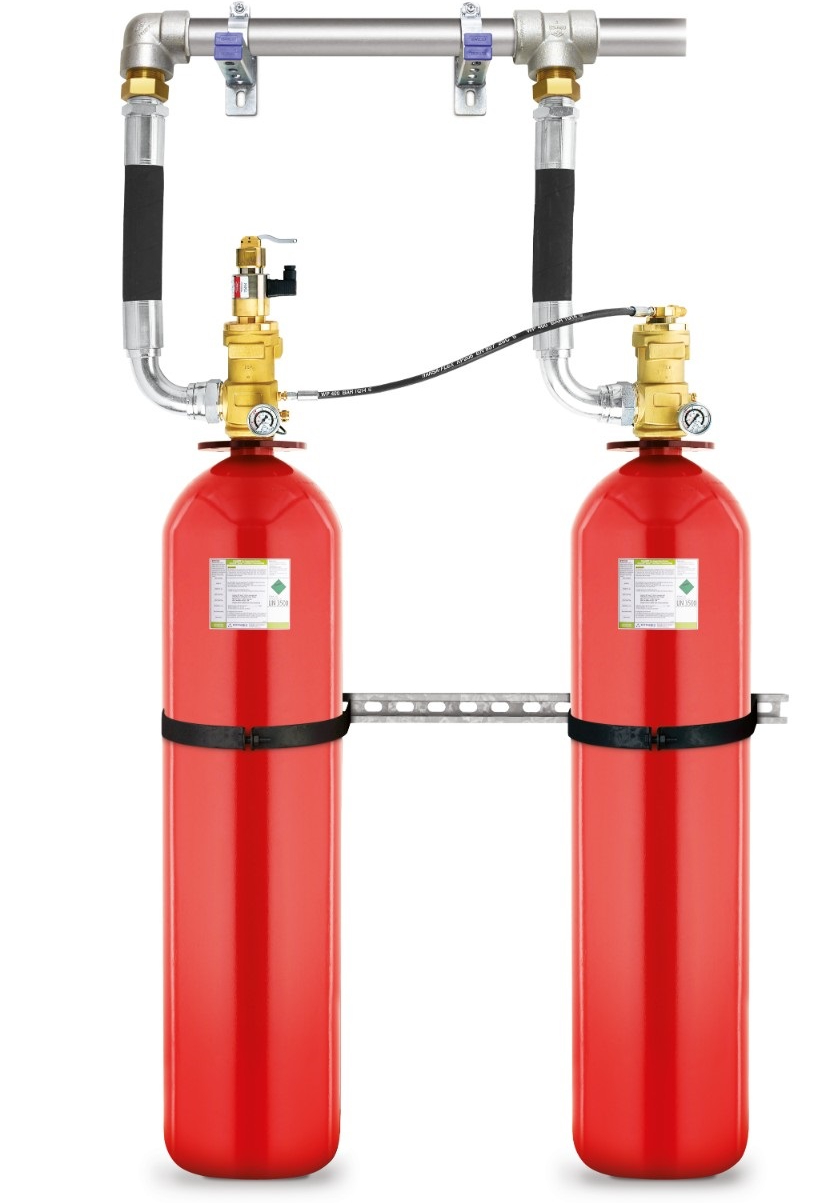
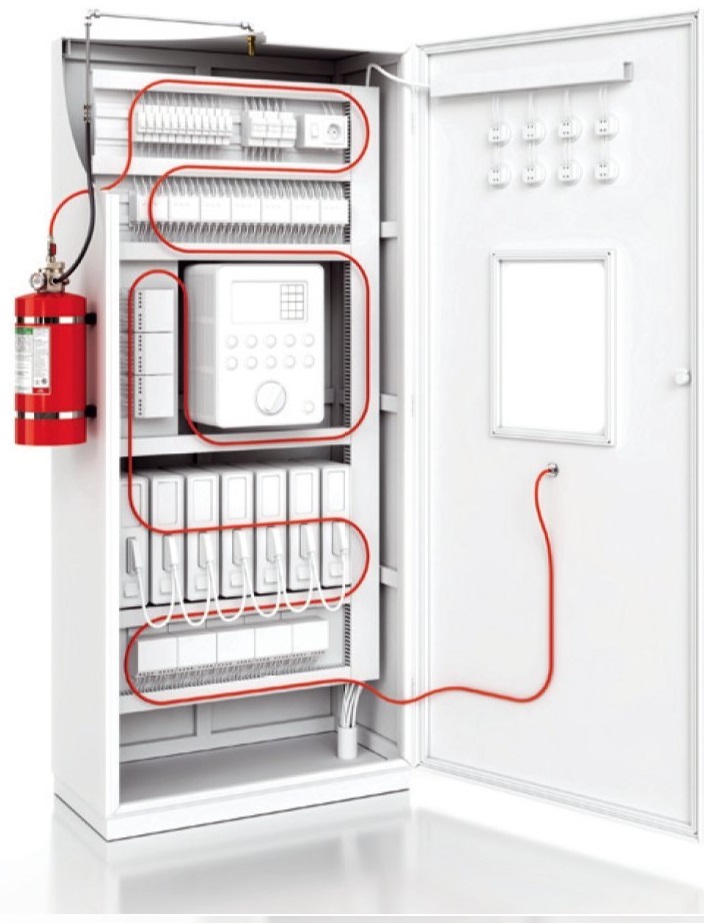
Direct Low-Pressure (DLP) System (Panel Flooding System)
The fire suppression system operates by detecting fire and applying the agent using a detection tube fastened to a cylinder valve. The detection tube is placed in the protected enclosure under constant pressure. In the case of fire, the detection tube degrades by the effect of fire or high temperature. The agent is released through the created hole when the detection tube is disrupted. The detection system is independent of any electrical supply and operates solely on physical principles.
Indirect Low Pressure (ILP) System (Panel Flooding System)
The Indirect Low Pressure (ILP) fire suppression system operates by detecting fire/heat by a detection tube that is connected to the valve of a cylinder. The tube is placed in the enclosure to be protected and is under constant pressure, thereby keeping the valve of the cylinder closed. In case of fire, the tube was ruptured by the Fire/Heat. As a result, the pressure inside the detection tube decreases, and that enables the valve piston of the cylinder to open. The Indirect Fire Suppression System activates, and the complete extinguishing agent is released through the nozzles. The detection system is independent of any electrical supply and operates on pneumatic principles. The indirect system is suitable for larger environments or where the specific application of the agent is required. This system also enables various modifications by adding optional components such as manual actuation, detectors, control panels for enhanced operation and control of the system

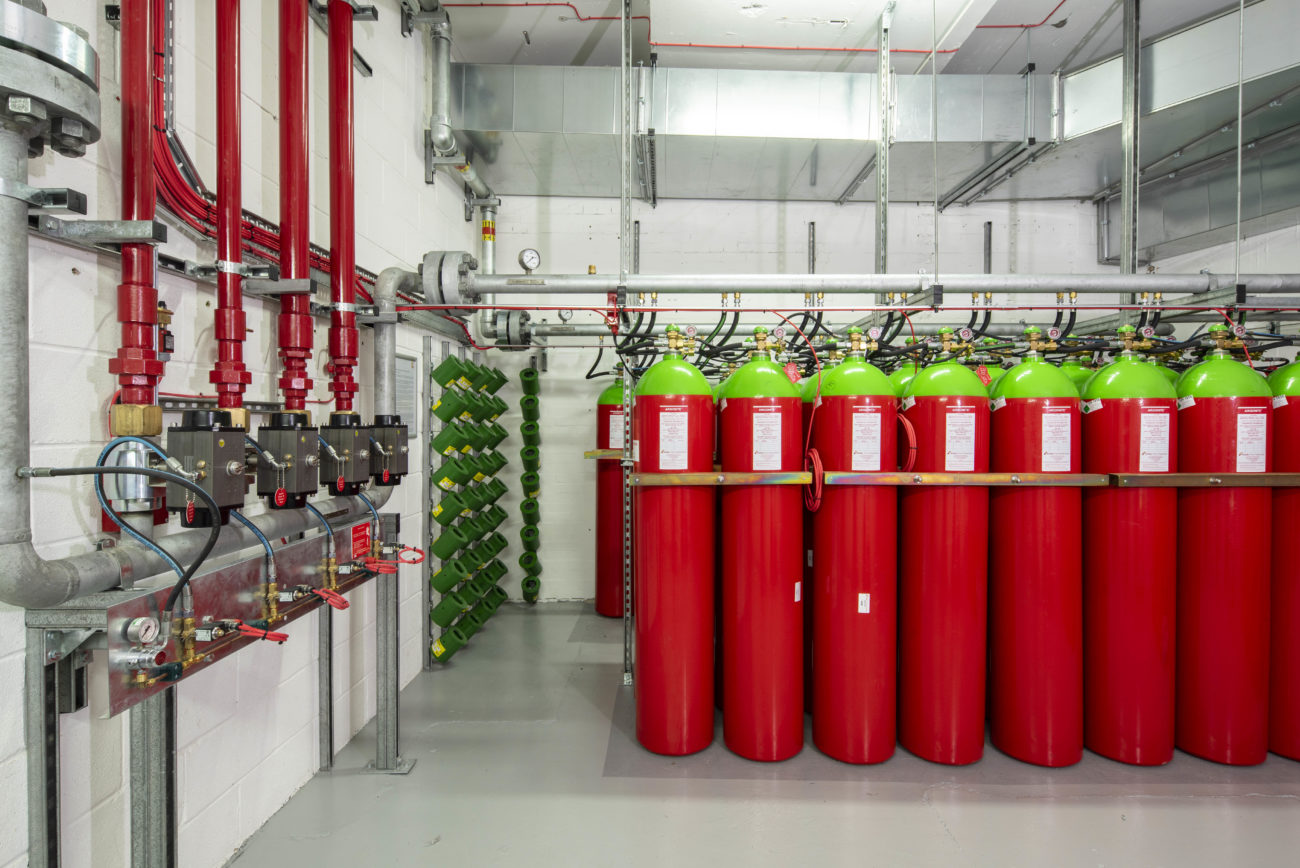
Clean Agent system
We now have a new fie extinguishing agent, INERGEN, which basically operates like CO2, to dilute the oxygen concentration, is the third mechanism. Unlike CO2, INERGEN results in a breathable atmosphere. Since INERGEN does not contain any halogen component, such as chlorine, fluorine, bromine, iodine, it has no ozone depletion potential like the existing halons and some of the announced replacements. Because of its composition, INERGEN cannot be considered a chemical toxin like the existing halons and the announced replacements. It is not a mutagen, a teratogen, or a carcinogen. It does not have an effect on the central nervous system nor does it sensitize the heart as do the existing halons and some of the replacements.
CO2 System
Carbon dioxide fire extinguishing systems is an excellent and are useful in protecting against fire hazards when an inert, electrically nonconductive, three-dimensional gas is essential or desirable and where clean up from the agent must be minimal. It has been used in the fire protection industry for many years and is listed under NFPA-12. According to the NFPA, some of the types of hazards and equipment that carbon dioxide systems protect are "flammable liquid materials; electrical hazards, such as transformers, switches, circuit breakers, rotating equipment, and electronic equipment, engines utilizing gasoline and other flammable liquid fuels; ordinary combustibles such as paper, wood, and textiles; and hazardous solids" (NFPA 12).
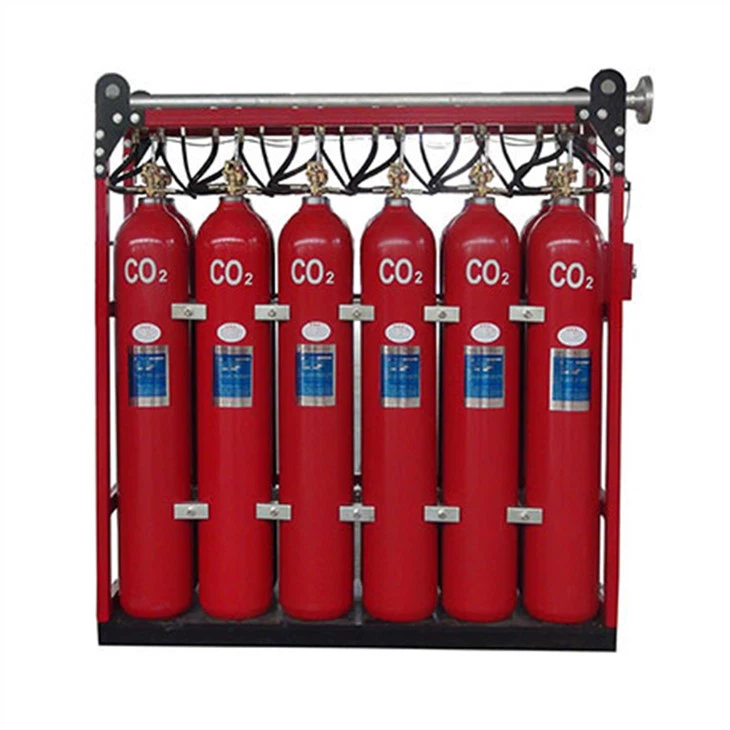
Aerosol Fire Suppression System
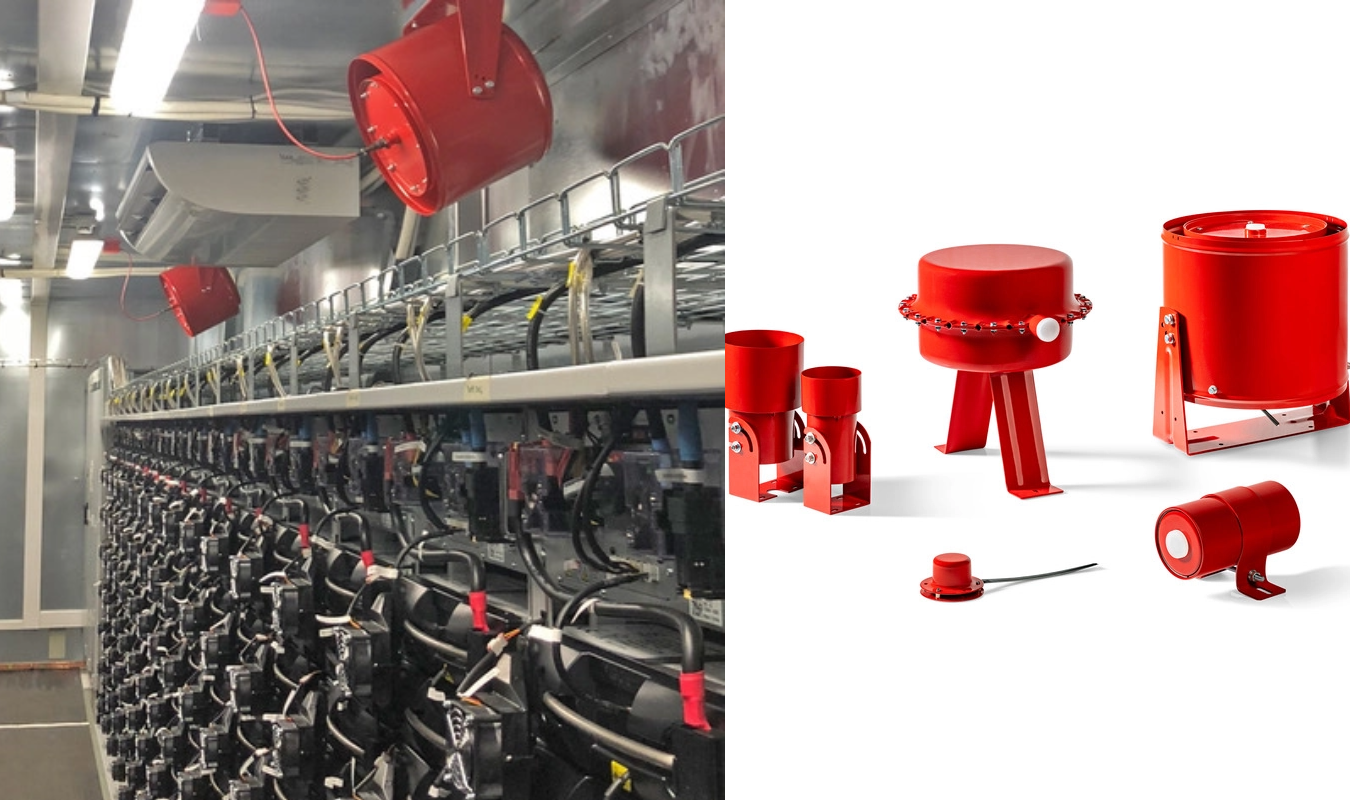
High-risk environments need suitable fire suppression systems to ensure safety
Condensed aerosol fire suppression systems consist of a compact fire suppression unit, with a solid-chemical extinguishing agent that breaks down and releases once the system is activated. This acts to extinguish fires on a molecular level, preventing the combustion chemical chain reaction.
Aerosol suppression systems offer a non-toxic, environmentally friendly suppression solution. With no need for piping, nozzles or pumps, aerosol suppression systems can be a space-saving, cost-effective fire safety solution.
How do they work?
Aerosol fire suppression systems contain a solid chemical compound extinguishing agent, which breaks down and releases once the system is activated.
Once activated, the extinguishing agent disrupts the fire’s chemical chain reaction by removing the oxidants from the burning process. This works to extinguish the fire both chemically and physically.
The resulting endothermic reaction also draws heat away from the burning process, reducing the chance of reignition at the site.
Aerosol suppression systems are automatically activated using a heat activation cable. For larger-scale installations, where the system is integrated with a control panel and energy source, you can also manually activate the system using the control panel.
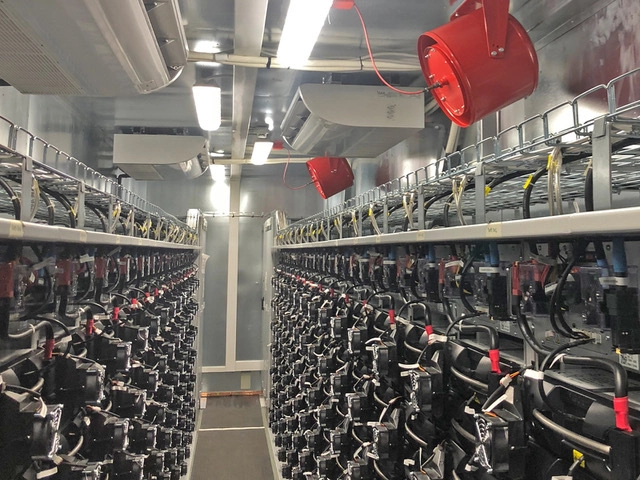
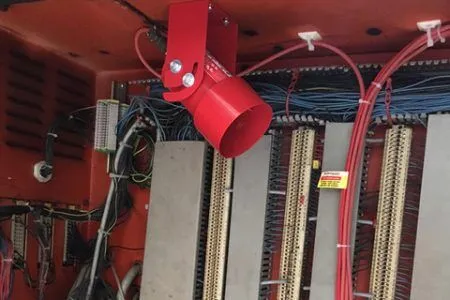
Where do I need an Aerosol suppression system?
These types of suppression systems are effective in high-risk industries, where the priority is to extinguish the fire – fast.
For areas with important equipment or machinery and minimal space – such as server rooms or switch rooms – aerosol suppression systems can be a great solution, as the compact units can be installed into almost any space.
If you’re looking for a cost-effective solution that doesn’t compromise on safety, an aerosol suppression unit can be installed quickly, with low maintenance costs and up to a 10-year lifecycle.
Water Mist System
A water mist system is a fixed fire protection system, comprising components for automatic detection and actuation, water supply delivery, and water atomization. A water mist system discharges a spray of small water droplets. Water mist systems have been demonstrated to be suitable and effective for the protection of spaces on board ships and are an emerging technology for life safety building applications on land. They have successfully been applied to protect assets, e.g. electronic equipment, machinery spaces and deep fat fryers in buildings and now are being increasingly considered for a range of building applications, e.g. for residential premises.
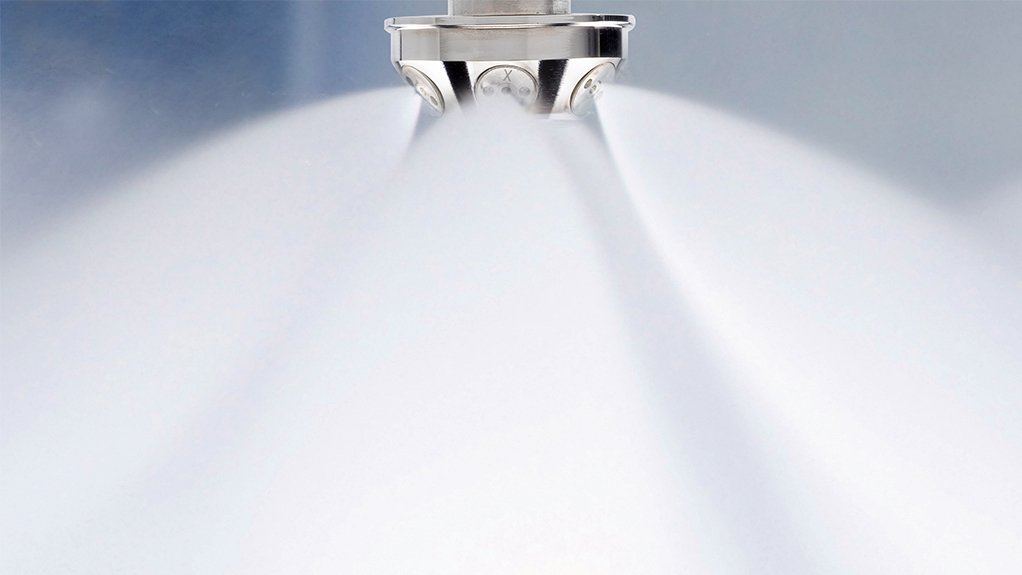
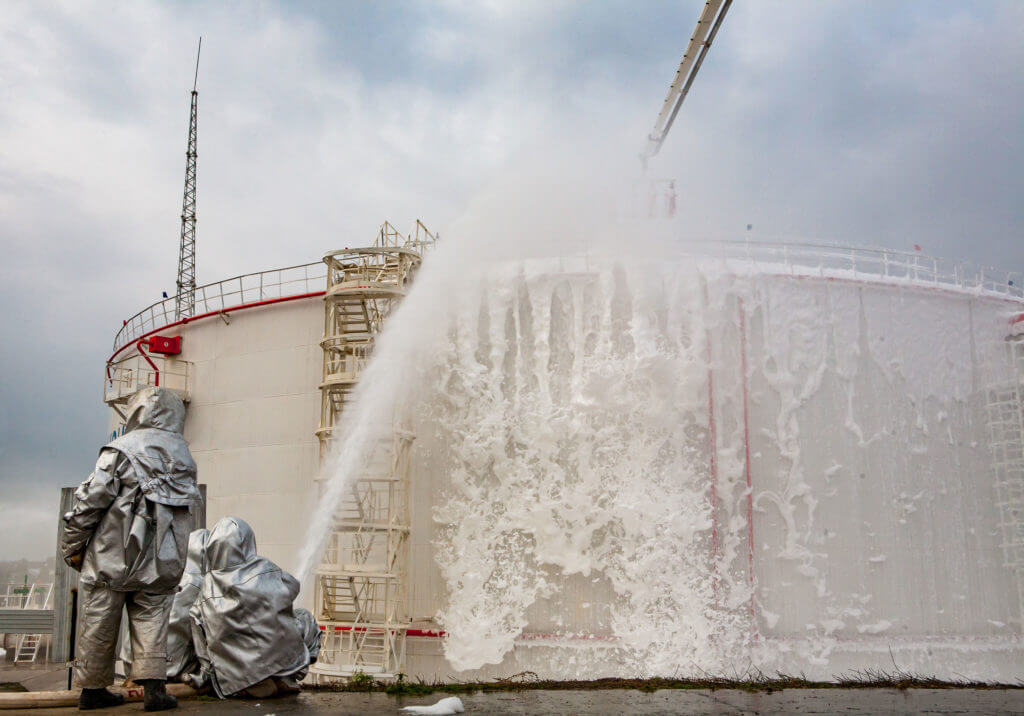
Foam System
Firefighting foam is a foam used for fire suppression. Its role is to cool the fire and coat the fuel, preventing its contact with oxygen, and resulting in suppression of the combustion. The surfactants used must produce foam in a concentration of less than 1%. Other components of fire-retardant foams are organic solvents (e.g., Triethylene glycol and hexylene glycol), foam stabilizers (e.g., lauryl alcohol), and corrosion inhibitors
